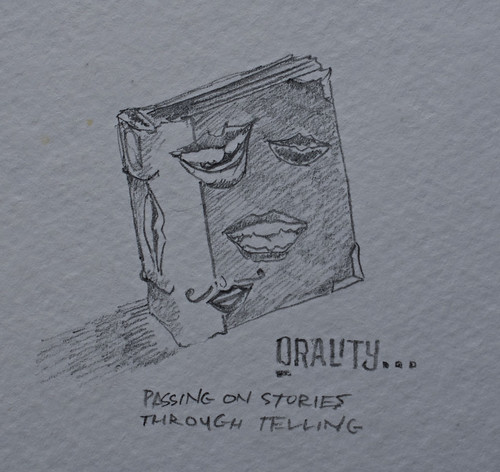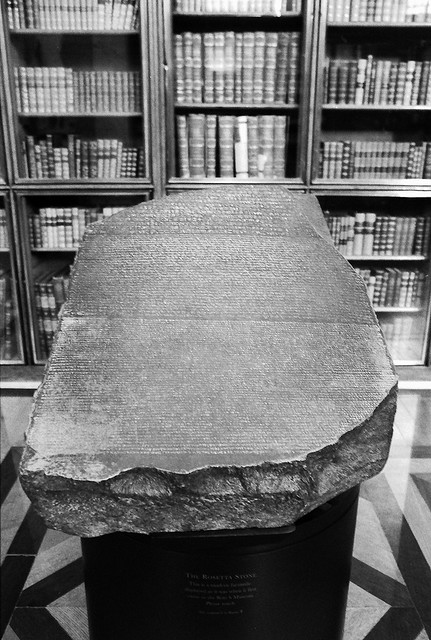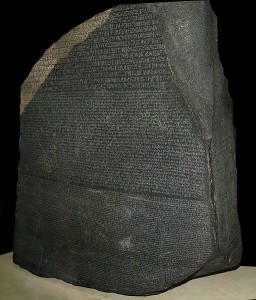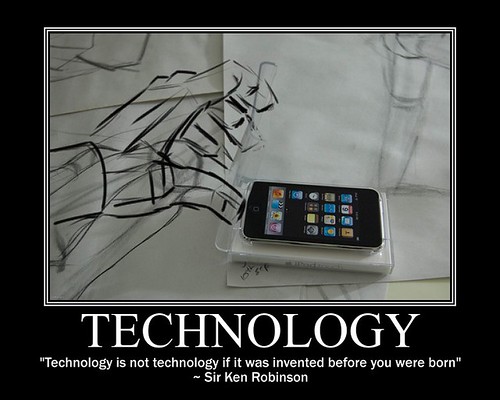My understanding of the word text is continuously changing. Being asked to distinguish between text and technology through these postings has been a challenge. I could have picked any image on flickr to be representative of text. I picked the one below specifically because images like this have been under-represented so far yet are every bit as valid as any other. The competence of the creator of a text is often interpreted by an audience along with everything else. I chose this image for exactly that point–it is not a sophisticated or “accomplished” image… to adults. But my 6-year-old daughter said it was “really, really good” and wishes she could draw geese that well on the computer.
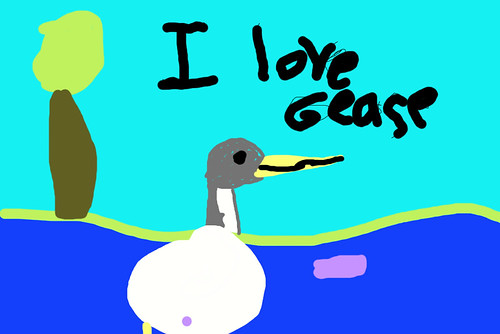
Image by Jessica Lucia
This photo is Creative Commons licensed: Attribution-NonCommercial-NoDerivs 2.0 Generic (CC BY-NC-ND 2.0)
At this point in my understanding, I think that text is, in its most flexible meaning, the content of someone’s ideas or emotions or state of being (i.e., the message). Additionally, I should also note that my current understanding of technology is that it is the manner in which ideas or emotions or a state of being is communicated (i.e., medium). By communication, I am meaning to use that word in a very broad way, one that includes the creation of physical objects (e.g., a poem) as well as intangible objects (e.g., musical harmonies). I am fully aware of a multitude of other ways of interpreting these terms and I could make an argument that they are, in some sense, synonymous. However, for the sake of this post, I will refrain from moving in that direction right now. I am also aware of how simplistic and, probably, banal my current understanding is; however, the parallels I am drawing between the “medium/message” and “text/technology” do represent my current thinking, their dullness notwithstanding.
For example, in the case of someone communicating something to me… If I were to somehow learn what someone else’s idea is, then one could conclude that some kind of communication has transpired. How successful I am in fully understanding another’s idea depends on many things. What choices did the communicator of the ideas make in the communication? That person had to choose some way of communicating. If you haven’t yet thought of Marshal McLuhan’s phrase “the medium is the message” I will invoke it now. Neil Postman also invokes it (1992) as well as several others. But Postman’s simplified “to a man with a hammer, everything looks like a nail” (p. 14) adage quite capability captures the essence of the issue. I will talk more about that point in the next post about technology.
So, in the case of the image above, I think it is interesting to realize that my mother could not create an image even close to the level of sophistication one sees in the image above. However, with the written word, she would be able to capture, quite satisfactorily to her, her feelings about her love for geese and that, her facility with words probably vastly outstrips that of the creator of the image above. The communicator will, most likely, choose the medium they wield the best, to get their message across most effectively. More about media in my technology post…

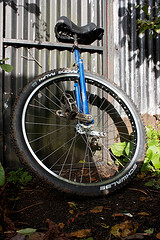


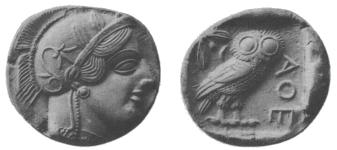 Technology provides another level of interaction with the world around us and enables us to create tools or artefacts that provide greater insights into who we are. However, the losses and gains attached to the agenda of technology are profound. In attempting to express ourselves and learn more of our identity, our place in the network society and our connections to each other, we produce an interconnected world through technology that both connects us digitally and disconnects us physically. In this search for who we are and what we might create, this Sherry Turkle quote provides the great contradictions of intimacy with our own creations.
Technology provides another level of interaction with the world around us and enables us to create tools or artefacts that provide greater insights into who we are. However, the losses and gains attached to the agenda of technology are profound. In attempting to express ourselves and learn more of our identity, our place in the network society and our connections to each other, we produce an interconnected world through technology that both connects us digitally and disconnects us physically. In this search for who we are and what we might create, this Sherry Turkle quote provides the great contradictions of intimacy with our own creations.